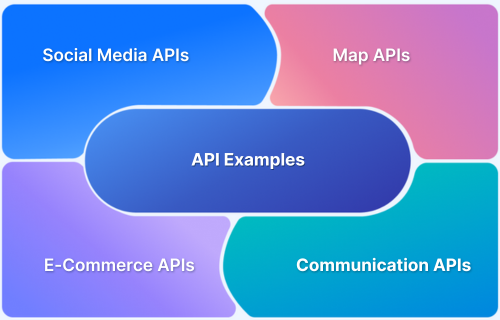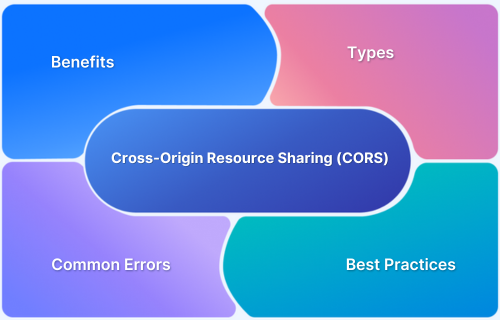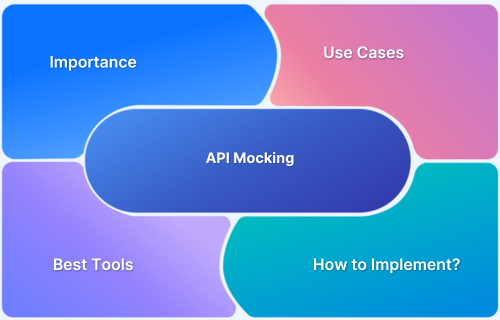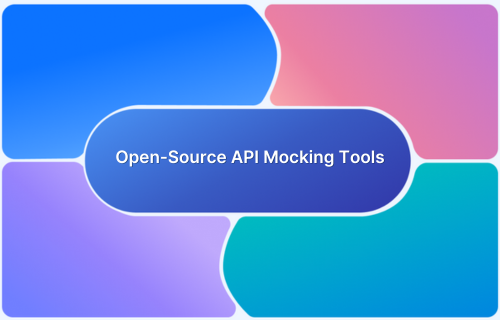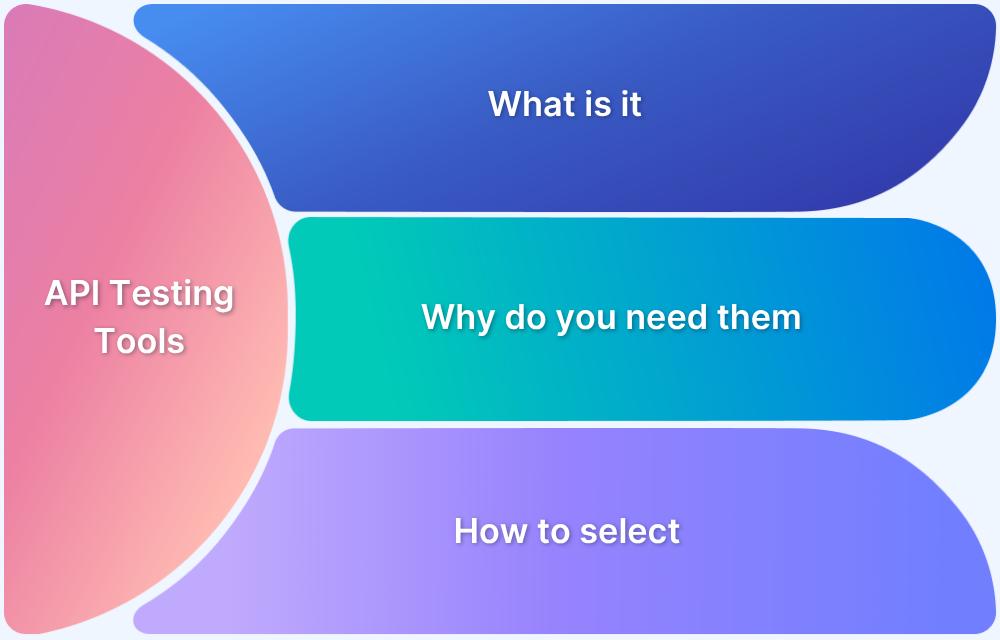GraphQL has become a preferred choice for building flexible and efficient APIs, and the GraphQL Ruby brings that same power to the Ruby and Rails ecosystem.
Overview
GraphQL Ruby allows developers to define schemas, manage queries, and structure data fetching with precision and control.
Core Components of GraphQL Ruby:
- Schema: Defines the structure of the API, mapping queries, mutations, and types to data sources.
- Types: Represent data models such as objects, enums, and input types that describe the shape of responses and inputs.
- Fields: Specify the individual pieces of data accessible within each type, often linked to resolver methods.
- Resolvers: Contain the logic for fetching, transforming, or computing data for each field or operation.
- Queries and Mutations: Represent read and write operations that drive data flow within the API.
- Context: Carries shared information like authentication details, current user, or database connections across resolvers.
- Execution Engine: Handles query parsing, validation, and response generation according to the defined schema.
This article explores the setup, schema design, performance optimization, and debugging techniques essential for creating robust and scalable GraphQL APIs using Ruby.
Setting Up GraphQL in Ruby
To start using GraphQL in a Ruby or Rails application, install the graphql gem, which provides all core functionalities for defining schemas and executing queries.
1. Install and Configure
Add the gem to your Gemfile:
gem “graphql”
Then run:
bundle install
rails generate graphql:install
This command creates the GraphQL schema, default query and mutation types, and a controller to handle requests.
2. Endpoint Setup
A new route /graphql is automatically added, which serves as the API endpoint for executing queries and mutations. Developers can also enable GraphiQL, an in-browser IDE, for testing in development environments.
3. Basic Schema Structure
The generator creates a base schema file (e.g., app/graphql/my_app_schema.rb) that connects the root query and mutation types. These files define how GraphQL interprets and resolves requests within the application.
4. Verification
Once setup is complete, start the server and test a simple query in GraphiQL, such as:
query {
testField
}If it returns a valid response, your GraphQL Ruby environment is successfully configured and ready for further schema and resolver development.
Defining Types, Fields & Schema
In GraphQL Ruby, the schema acts as the blueprint for your API, it defines what data can be queried, what mutations are allowed, and how different types relate to each other. The schema is composed of types and fields, which together describe the structure and behavior of your data.
1. Defining Object Types
Object types represent entities in your application, such as User, Post, or Comment. Each type specifies the fields that can be queried and the data type of each field.
module Types
class UserType < Types::BaseObject
field :id, ID, null: false
field :name, String, null: false
field :email, String, null: true
end
end
Here, UserType defines the fields that a client can request when querying for users.
2. Defining Fields
Each field represents a piece of data that can be fetched. Fields can be static (directly mapped to a database attribute) or dynamic (resolved through custom logic). Fields may also accept arguments for filtering or pagination.
3. Creating the Root Query Type
The root QueryType defines the entry points for fetching data. It groups together top-level queries that clients can execute.
module Types
class QueryType < Types::BaseObject
field :user, UserType, null: false do
argument :id, ID, required: true
enddef user(id:)
User.find(id)
end
end
end
This allows clients to query users by ID, for example:
query {
user(id: 1) {
name
email
}
}4. Defining the Schema
The schema file connects the query and mutation types, serving as the root configuration for your GraphQL API.
class MyAppSchema < GraphQL::Schema
query(Types::QueryType)
mutation(Types::MutationType)
end
5. Extending with Mutations and Enums
- Mutations handle data modifications like create, update, or delete operations.
- Enums define fixed sets of values (e.g., roles, statuses).
Together, types, fields, and the schema form the foundation of a GraphQL Ruby API, defining exactly what data clients can request and how the system should respond.
Executing Queries & Mutations
Once the schema, types, and fields are defined, the next step is executing queries (for reading data) and mutations (for writing or updating data). In GraphQL Ruby, both operations are handled through the schema’s execute method, which processes incoming requests and returns structured responses.
1. Executing Queries
Queries are used to fetch data from the API. Each field in a query maps to a resolver method that defines how data is retrieved.
Example query:
query {
user(id: 1) {
name
email
}
}When this query hits the /graphql endpoint, GraphQL Ruby:
- Parses and validates the query against the schema.
- Invokes the appropriate resolvers (e.g., the user field in QueryType).
- Returns only the requested fields in the response.
2. Executing Mutations
Mutations modify data, such as creating, updating, or deleting records. They are defined under a MutationType and follow a similar structure to queries.
Example mutation:
module Mutations
class CreateUser < BaseMutation
argument :name, String, required: true
argument :email, String, required: truefield :user, Types::UserType, null: true
field :errors, [String], null: falsedef resolve(name:, email:)
user = User.new(name: name, email: email)
if user.save
{ user: user, errors: [] }
else
{ user: nil, errors: user.errors.full_messages }
end
end
end
end
3. Schema Integration
Link mutations to the schema so they can be executed:
class MyAppSchema < GraphQL::Schema
query(Types::QueryType)
mutation(Types::MutationType)
end
4. Handling Variables and Context
GraphQL Ruby supports variables for cleaner, dynamic queries and the context object for passing shared data like authentication details or current user information during execution.
5. Response Format
All GraphQL responses are returned in JSON format, containing either a data object (for successful queries) or an errors array (for validation or runtime issues).
By defining resolvers clearly and handling queries and mutations through the schema, GraphQL Ruby ensures a structured, predictable, and efficient way to manage data flow within your API.
Handling Performance: Batching & N+1 Solutions
GraphQL’s field-by-field execution can trigger N+1 database/API calls in nested queries. In GraphQL Ruby, combine batching, preloading, and projection to keep queries fast and predictable.
1) Enable per-request batching with GraphQL::Dataloader
Activate the built-in dataloader and route related loads through a single batch.
# schema
class AppSchema < GraphQL::Schema
use GraphQL::Dataloader
query Types::QueryType
end# a simple batch source
module Sources
class RecordById < GraphQL::Dataloader::Source
def initialize(model); @model = model; end
def fetch(ids)
records = @model.where(id: ids).index_by(&:id)
ids.map { |id| records[id] }
end
end
end# field resolver
def author
context[:dataloader]
.with(Sources::RecordById, User)
.load(object.author_id)
end
Why it helps: repeated loads of User.find(id) across many posts collapse into one WHERE id IN (…) query per request.
2) Preload associations for common nested paths
When returning lists, preload associations to avoid per-row lookups.
posts = Post.includes(:author, :comments).where(published: true)
Use this in top-level resolvers so child fields hit memory, not the DB.
3) Project only requested columns (selection “lookahead”)
Avoid fetching unused data. Use lookahead to tailor SELECTs/joins.
def posts
la = context[:lookahead] || GraphQL::Execution::Lookahead.new(context, field)
scope = Post.all
scope = scope.select(:id, :title) unless la.selection(:body).selected?
scope
end
4) Cache smartly (per-request and short-lived)
- Per-request: dataloader caches within the same query execution.
- App-level: add brief in-memory or Redis caches for hot reads (mind invalidation).
5) Use connection (cursor) pagination everywhere
Return large lists via Relay-style connections to cap item counts and simplify batching (e.g., batch authors for just the visible nodes).
6) Guard rails: depth & complexity limits
Protect services from expensive queries:
class AppSchema < GraphQL::Schema
max_depth 15
default_max_page_size 100
use GraphQL::Analysis::AST
# Optionally define a custom complexity on heavy fields:
field :search, [Types::PostType], null: false, complexity: 10
end
7) Parallelize external I/O carefully
When resolvers call external APIs, run independent calls concurrently (e.g., Concurrent::Promises or async HTTP), then feed results into the dataloader. Keep DB work batched; use concurrency only for network-bound tasks.
8) Observe and iterate
Instrument slow fields (timers, counts, hit ratios), log N+1 hotspots, and add loaders or preloads where traces show churn.
Common Pitfalls & Debugging Tips
While GraphQL Ruby simplifies data handling, developers often encounter issues related to query performance, resolver logic, and schema configuration. Recognizing these pitfalls early helps maintain a stable and efficient API.
1. N+1 Query Problems: Nested fields can trigger multiple redundant database calls when not batched correctly. Use GraphQL::Dataloader or ActiveRecord preloading (includes) to batch queries and minimize performance overhead.
2. Missing or Incorrect Resolvers: If a field consistently returns null or an empty value, check that the resolver method matches the field name and returns the expected data type. Ensure the method’s visibility and scope align with your schema definition.
3. Invalid or Unhandled Arguments: Resolvers may fail when required arguments are missing or incorrectly typed. Always define clear argument types in your schema and validate them before use to prevent runtime errors.
4. Context Misconfiguration: Improper use of the context object can cause issues with authentication, authorization, or shared data. Initialize context consistently in the controller and avoid mutating it across different resolvers.
5. Overly Deep or Complex Queries: Allowing clients to request deeply nested data structures can overload your system. Set query depth and complexity limits in the schema to prevent abuse or accidental performance degradation.
6. Poor Error Visibility: Silent failures make debugging difficult. Use GraphQL Ruby’s built-in error handling and logging mechanisms to return meaningful messages to clients while keeping sensitive details hidden.
7. Schema and Type Mismatches: A mismatch between schema definitions and actual return values can cause validation errors. Keep schema definitions synchronized with your application models and use automated tests to verify field integrity.
Debug and Test GraphQL Ruby APIs with Requestly
Requestly by BrowserStack is a developer tool that allows users to intercept, modify, and mock HTTP or HTTPS network requests directly in the browser or desktop environment. Requestly streamlines resolver testing by shaping network traffic around a GraphQL Ruby server, no code changes required.
- Reproduce edge cases deterministically:Inject specific response bodies, status codes, and headers to simulate upstream quirks, schema drifts, and partial failures.
- Stabilize flaky dependencies: Mock or override external REST/GraphQL services your resolvers call, isolating resolver logic from rate limits and outages.
- Validate auth and multi-tenant paths: Override request headers (e.g., tokens, roles, tenant IDs) to exercise field-level authorization and policy branches.
- Stress performance characteristics: Add latency, throttle bandwidth, and trigger timeouts to verify batching (GraphQL::Dataloader), retries, and graceful degradation.
- Test pagination and selection-set handling: Adjust variables and request bodies to confirm correct cursors, limits, and projections; ensure no over-fetching.
- Harden contracts and error surfaces: Mutate response shapes (missing fields, nulls, type changes) to ensure resolvers fail fast with clear, client-safe errors.
- Record, replay, and share scenarios:Capture failing flows once and replay them locally or in CI to prevent regressions; share with teammates for consistent triage.
Conclusion
GraphQL Ruby empowers developers to build powerful, flexible, and efficient APIs within the Ruby ecosystem. By clearly defining types, fields, and schemas, teams can maintain precise control over data exposure while enabling clients to query exactly what they need. Optimizing performance through batching and preloading, securing data with proper authorization, and applying best practices ensures reliability and scalability in production environments.
With thoughtful design, thorough testing, and effective debugging tools, GraphQL Ruby can serve as a robust foundation for modern API development-delivering speed, consistency, and adaptability across applications.


